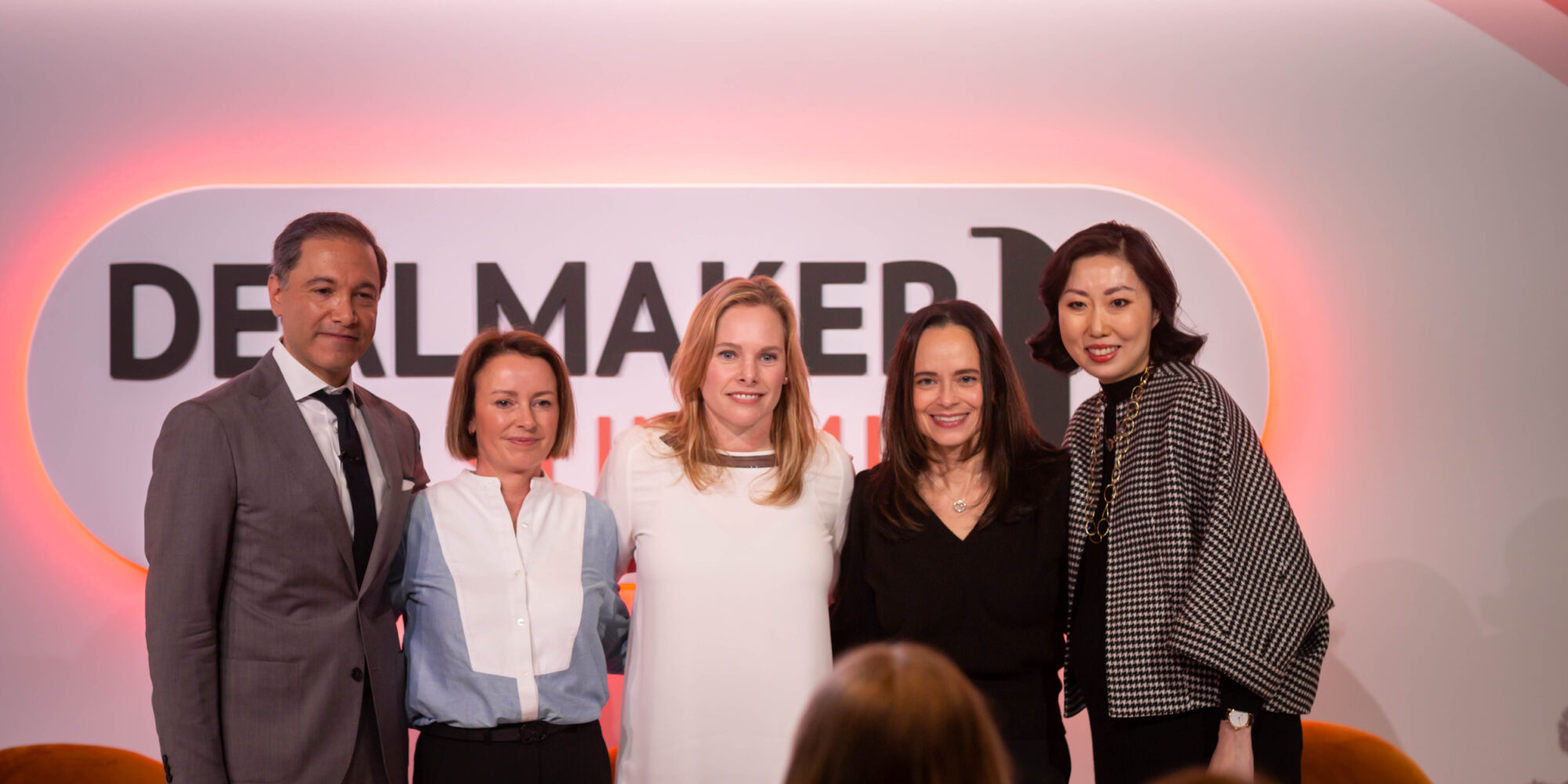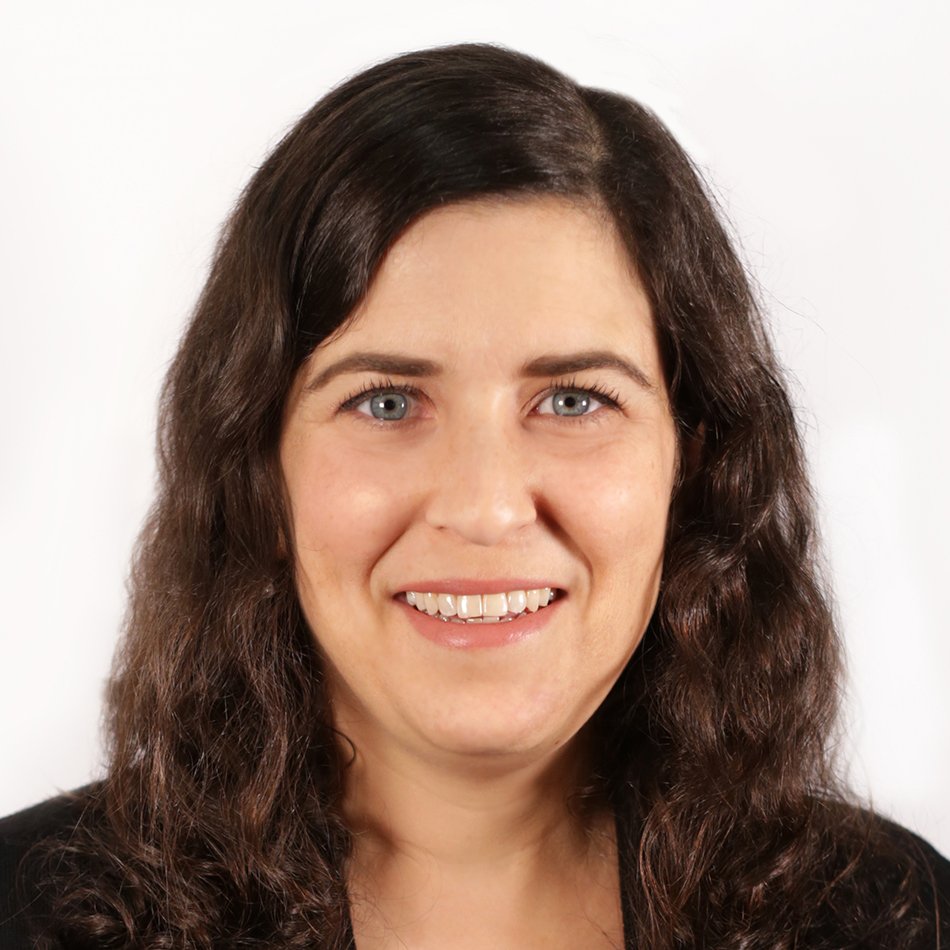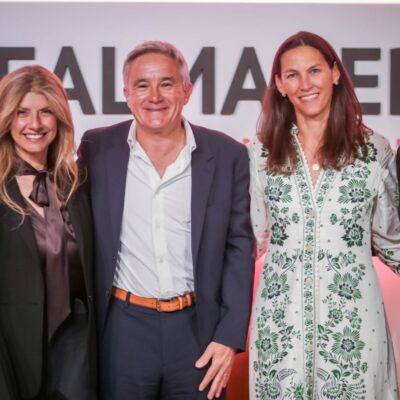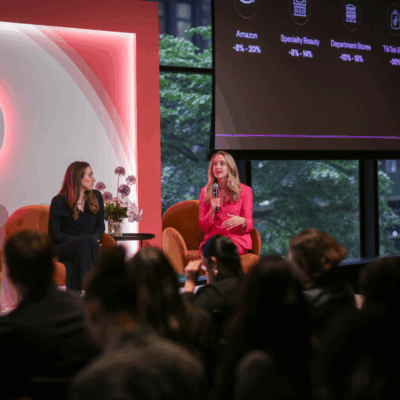
Why Beauty M&A Isn’t Returning To Peak Form Anytime Soon
The one-two punch of the billion-dollar Rhode and Medik8 deals in the space of less than a month has the beauty industry atwitter, but it doesn’t necessarily portend an upcoming flurry of deals by beauty conglomerates.
According to Nini Zhang, managing director of investment banking at Bank of America, beauty mergers and acquisitions have been hampered by a bifurcated beauty conglomerate field where a small number of companies have been active—think the unicorn creators E.l.f. Beauty (Rhode’s new parent) and L’Oréal (Medik8’s kingmaker) as well as Dwight & Church (Touchland’s takeover artist) and Unilever, which went wild with deodorant brand Wild—while many remain on the sidelines as they focus on challenges to their core business, faltering previously acquired assets or the demands of activist investors.
Discussing the dormant M&A players, Zhang, who was participating in a personal capacity and not for Bank of America at Beauty Independent’s Dealmaker Summit in New York City last week for a panel on the state of beauty dealmaking, said, “What we are seeing now is the consequences of some of the decisions that were made earlier in the M&A cycle where some of those brands maybe did not live up to full potential.”
With brands clamoring to exit to fewer active conglomerates, the scrutiny those conglomerates are placing on possible portfolio pickups is greater than ever. Ali Goldstein, president of acquisitions for L’Oréal USA, says, “We have a pretty significant portfolio already. So, where are those white spaces? What will bring us true incrementality, and what will sustain and give us long-term growth? Because, in the end, what we’re looking for are brands that will be additive to what we have today [and] for the next 10 and 20 years.”

There are roughly 30 conglomerates that have historically been beauty M&A actors. Five of them—L’Oréal, Procter & Gamble, Unilever, Henkel and Beiersdorf—are currently sitting on an estimated $111 billion in dry powder or available cash for investment opportunities. That accounts for about 84% of all the dry powder among beauty conglomerates. The dry powder squeeze on the remaining conglomerates means their appetite for M&A is low.
Zhang says, “Even the best performing beauty companies—L’Oréal, Galderma, P&G, Church [& Dwight]—if you look at the total shareholder return over the past five years, 10 years, it doesn’t even come close to the S&P, which is shocking. I look at all the large caps—these are the best-run companies with the smartest people in my sector, the S&P still beats them.”
The number of beauty deals peaked in 2021 and 2022 at 1,113 and 1,047, respectively, per data from investment bank Raymond James Financo. There were 847 and 716 in 2023 and 2024. Zhang doesn’t believe the number of beauty deals will return to the levels of the early 2020s.
“If I look at organic growth rates for these large companies from five years ago, it was 5% to 7%…Now, it’s 2% to 3%,” she says. “When I see those numbers starting to tick up and when I see the health of the business at all the strategics happening, I think that’s a good sign for a resurgence to M&A.”
“What we’re looking for are brands that will be additive to what we have today [and] for the next 10 and 20 years.”
The heightened standards for acquisitions come as the broader beauty market faces headwinds and sales growth has tapered off. In 2021, market research firm Circana’s data shows prestige beauty sales surged 30% after plunging 19% the year of the coronavirus outbreak. In 2022, prestige beauty sales grew 15%. Last year, they rose 7%. In the first quarter of this year, they were flat. In the second quarter so far, prestige beauty sales are up 4% to 5%.
Larissa Jensen, SVP and global beauty industry advisor at Circana, said, “After several years of really strong double-digit growth in prestige [and] very healthy growth in mass, we have been anticipating a slowdown for quite some time. It’s just not sustainable to maintain those types of numbers.”

She added, “We are definitely in an age of volatility, but I would say this, the consumer continues to spend on beauty categories across both mass and prestige…She [the beauty consumer] wants to continue to make herself feel good, which is why we’re seeing an acceleration so far in quarter two for both mass and prestige.”
With Circana projecting mass and prestige beauty sales growth in the low single digits in the years to come, active beauty M&A players remain committed to the sector. At Stride Consumer, the private equity firm with Patrick Ta, Odele and Skinfix in its portfolio, operating partner Nicole Fourgoux is scanning the beauty industry for haircare brands resonant with the skinification movement and skincare brands with dermatological, performance-driven, clean formulations for future investments.
“We haven’t really seen brands that we fell in love with and we thought we’re hitting the bar…from a brand equity perspective,” she says. “We see a lot of good businesses, but not necessarily brands that we can see around in 10, 20 years around the world, become a billion-dollar business down the line, not under our stewardship, but beyond, and that’s the bar, and a lot of brands that came to market over the past 18 months, didn’t meet that bar.”
At L’Oréal, Goldstein recounted a series of questions brands have to answer adequately to pass the conglomerate’s high bar for M&A. “Is the model proven right? Have they reached a threshold where they’re stable, there’s a future growth and it’s not, let’s say a one hit wonder, right?”
Goldstein elaborated, “Is there truly a brand there? Is there a soul? Is there something that consumers are connecting with?…Where is the growth coming from? Is it distribution, is it international expansion? Is it catalog as an expansion? So, all of those questions and then, of course, margins, profitability are all very, very critical.”




